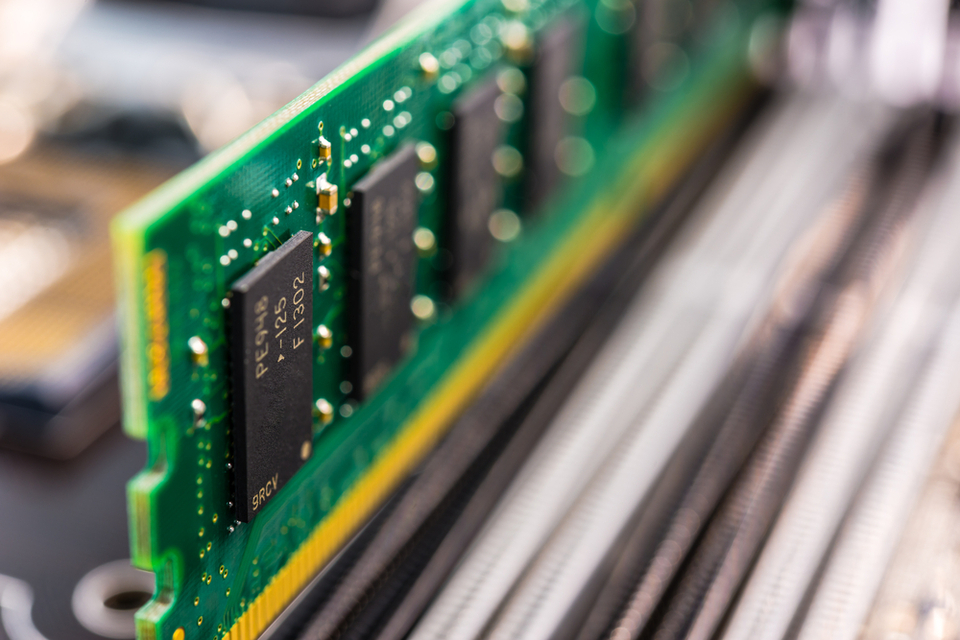The researchers at Northwestern University and the University of Messina have developed a magnetic memory device for data-centric computing.
Artificial intelligence could improve all aspects of our lives, from the health care system to transportation and security. However, we need an advanced level of computing to meet this potential.
AI requires the best part of the memory technologies that are available today.
We’re talking about a static random access memory (SRAM), including a storage capacity that’s similar to dynamic random access memory (DRAM). In addition to all these, it also requires low power dissipation.
It sounds like a lot, right? An associate professor of electrical and computer engineering at Northwestern University would agree.
Pedram Khalili said:
“There is no existing memory technology that meets all of these demands. This has resulted in a so-called ‘memory bottleneck’ that severely limits the performance and energy consumption of AI applications today.”
So, Khaili and his collaborators — Giovanni Finocchio, Matthew Grayson, Jiacheng Shi, and Victor Lopez-Dominguez — devised a solution. The researchers published their paper in the journal Nature Electronics.
Using AFM Materials to Build a new Magnetic Memory Device
The researchers developed a memory device that’s based on antiferromagnetic (AFM) materials.
Electrons in AFM materials behave like magnets, and this is due to a quantum mechanical property called spin. Since the spins are aligned in an antiparallel fashion, the material itself doesn’t demonstrate macroscopic magnetization.
But, it does help with data storage.
Typical memory devices require electric current to retain stored data. AFM materials, on the other hand, have the magnetically ordered spins performing this task.
Also, an external magnetic field cannot erase the data on an AFM-based device, unlike regular memory devices. So, not only does the magnetic memory device require low power to function, but it’s also fast and secure.
So, why didn’t past studies considered using AFM materials?
Actually, they did. Unfortunately, previous researchers found it challenging to control the magnetic order within the material.
To address this issue, Khalili and his colleagues used pillars of antiferromagnetic platinum manganese. At just 800 nanometers, the diameter of these pillars is ten times smaller than previous AFM-based memory devices.
What’s more, the resulting memory device is compatible with current semiconductor manufacturing practices. That means companies don’t have to invest in new pieces of equipment to adopt the technology.
Khalili noted:
“This brings AFM memory—and thus highly scaled and high-performance magnetic random-access memory (MRAM)—much closer to practical applications.”
Now, the researchers are working on a more energy-efficient way to write data into AFM materials. They also want to reduce the size of the devices and improve the method to read out their magnetic state.



















Comments (0)
Most Recent